Since I talked recently about AWS adding access to Arm-based server instances in their cloud offering, I thought it would be interesting to look further into other Arm-based server solutions. I had a meeting with Ampere Computing at Arm TechCon. They offer server devices and are worth closer examination as a player in this game.… Read More
 Superhuman AI for Design Verification, Delivered at ScaleThere is a new breed of EDA emerging.…Read More
Superhuman AI for Design Verification, Delivered at ScaleThere is a new breed of EDA emerging.…Read More The Quantum Threat: Why Industrial Control Systems Must Be Ready and How PQShield Is Leading the DefenseIndustrial control systems (ICS) underpin the world’s most…Read More
The Quantum Threat: Why Industrial Control Systems Must Be Ready and How PQShield Is Leading the DefenseIndustrial control systems (ICS) underpin the world’s most…Read More Radio Frequency Integrated Circuits (RFICs) Generated by AI Based Design AutomationBy Jason Liu, RFIC-GPT Inc. Radio frequency integrated…Read More
Radio Frequency Integrated Circuits (RFICs) Generated by AI Based Design AutomationBy Jason Liu, RFIC-GPT Inc. Radio frequency integrated…Read More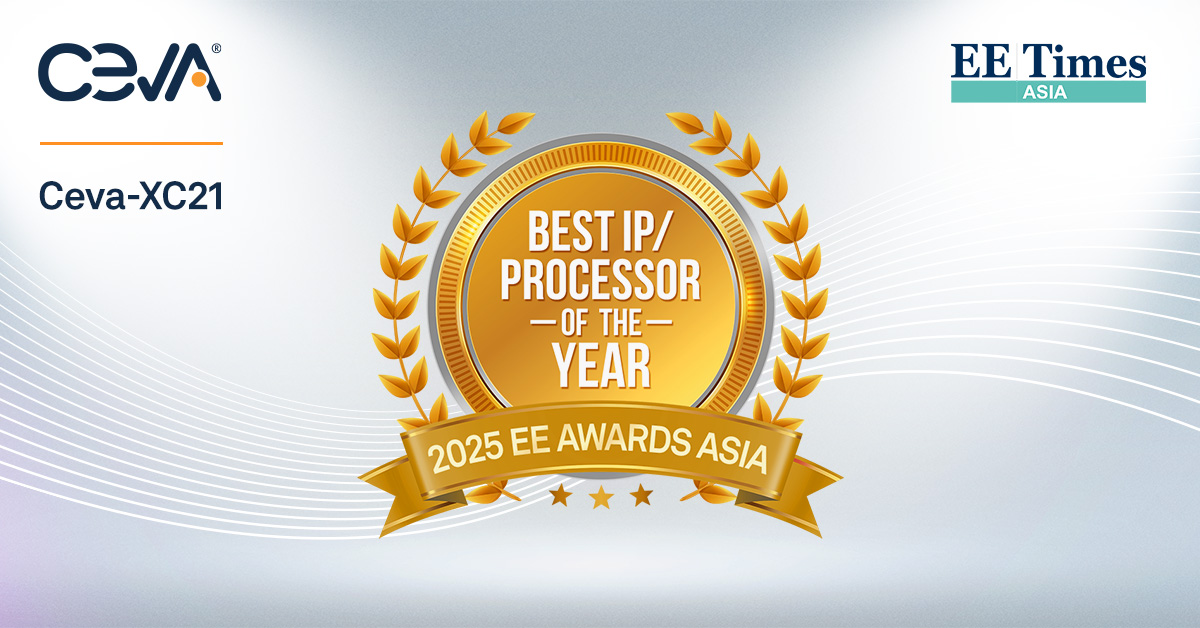 Ceva-XC21 Crowned "Best IP/Processor of the Year"In a resounding affirmation of innovation in semiconductor…Read More
Ceva-XC21 Crowned "Best IP/Processor of the Year"In a resounding affirmation of innovation in semiconductor…Read MoreSoC Design Partitioning to Save Time and Avoid Mistakes
I started designing ICs in 1978 and continued through 1986, and each chip used hierarchy and partitioning but our methodology was totally ad-hoc, and documented on paper, so it was time consuming to make revisions to the chip or train someone else on the history or our chip, let alone re-use any portion of our chips again. Those old,… Read More
Cadence Automotive Summit Sensor Enablement Highlights
At the November 14 Cadence Automotive Summit, Ian Dennison, Senior Group Director, outlined sensor enablement technologies and SoC mixed-signal design solutions, from Virtuoso electrically aware design with high current, high reliability, yield and performance tools and methodologies enabling ADAS/AV sensors for vehicle… Read More
Photonics with CurvyCore
As a preferred carrier to data or energy, photonics technology is becoming broad and diverse. In IC design, silicon-photonics technology has been the enabler of new capabilities and has revolutionized many applications as Moore’s-based scaling started to experience a slowdown. It acts as new on-chip inductor in HPC design … Read More
Intel Discontinues the Custom Foundry Business!
After mentioning what I heard at IEDM 2018, that Intel was officially closing the merchant foundry business as an aside in a SemiWiki forum discussion, I got a lot of email responses so let me clarify. Honestly I did not think it was a big surprise. Intel Custom Foundry was an ill conceived idea (my opinion) from the very start and was… Read More
Next-Generation Formal Verification
As SoC and IP designs continue to increase in complexity while schedules accelerate, verification teams are looking for methodologies to improve design confidence more quickly. Formal verification techniques provide one route to improved design confidence, and the increase in papers and interest at industry conferences… Read More
Embeddable FPGA Fabric on TSMC 7nm
With their current line-up of embeddable and discrete FPGA products, Achronix has made a big impact on their markets. They started with their Speedster FPGA standard products, and then essentially created a brand-new market for embeddable FPGA IP cores. They have just announced a new generation of their Speedcore embeddable… Read More
Sequential Equivalency Checks in HLS
Higher level synthesis (HLS) of an IP block involves taking its high-level design specification –usually captured in SystemC or C++, synthesizes and generates its RTL equivalent. HLS provides a faster convergence path to design code stability, promotes design reuse and lowers front-end design inception cost.
HLS and Mentor… Read More
Big Data Analytics in Early Power Planning
ANSYS recently hosted a webinar talking about how they used the big-data analytics available in RedHawk-SC to do early power grid planning with static analytics, providing better coverage than would have been possible through pure simulation-based approaches. The paradox here is that late-stage analysis of voltage drops … Read More
DVCon is coming in February, now is the time to register early
As 2018 wraps up this month it’s time to start thinking and planning for 2019, and if you work in the Silicon Valley then you’ll want to consider adding the 31st annual DVCon event planned for February 25-28 in San Jose. Surveys have shown for some time now that verification tasks actually take up more time on a SoC project… Read More



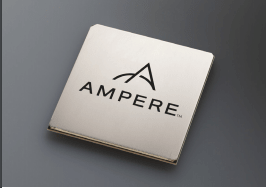
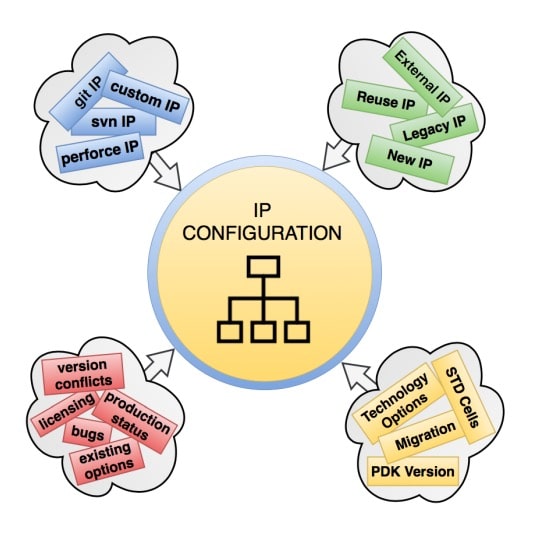
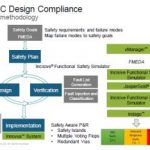



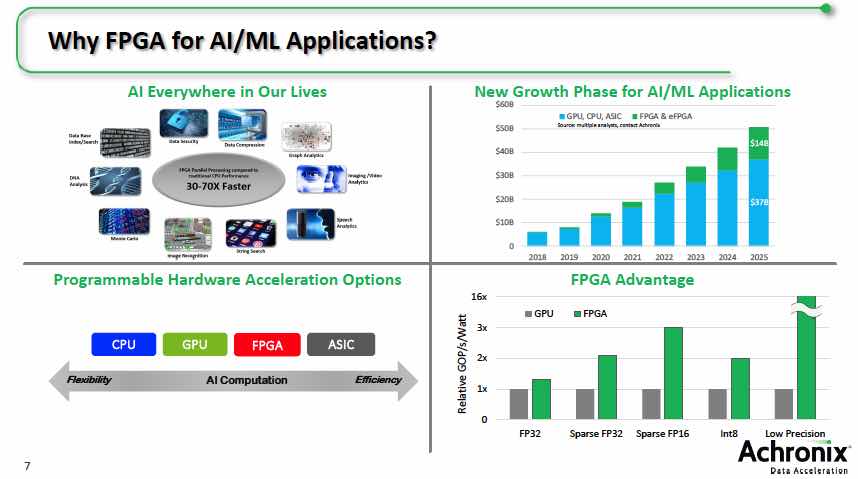
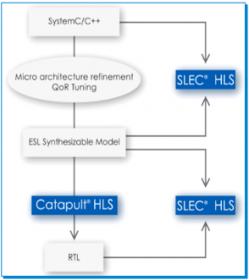

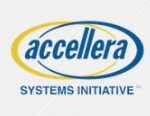
Quantum Computing Technologies and Challenges